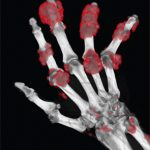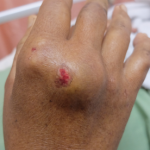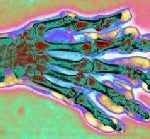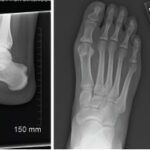Because the study included analysis of peripheral lymphocytes as a whole, the investigators were unable to determine whether specific cell populations might be responsible for the drug-resistant phenotype. However, they did note that the fact that the increased transporter activity was found in the peripheral blood and not the synovia, suggests that an alteration in peripheral blood may be contributing to RA pathology.
Lara C. Pullen, PhD, is a medical writer based in the Chicago area.
ad goes here:advert-1
ADVERTISEMENT
SCROLL TO CONTINUE
Reference
- Atisha-Fregoso Y, Lima G, Pascual-Ramos V, et al. Rheumatoid arthritis disease activity is determinant for ABCB1 and ABCG2 drug-efflux transporters function. PLoS One. 2016 Jul 21;11(7):e0159556. doi: 10.1371/journal.pone.0159556. eCollection 2016.



